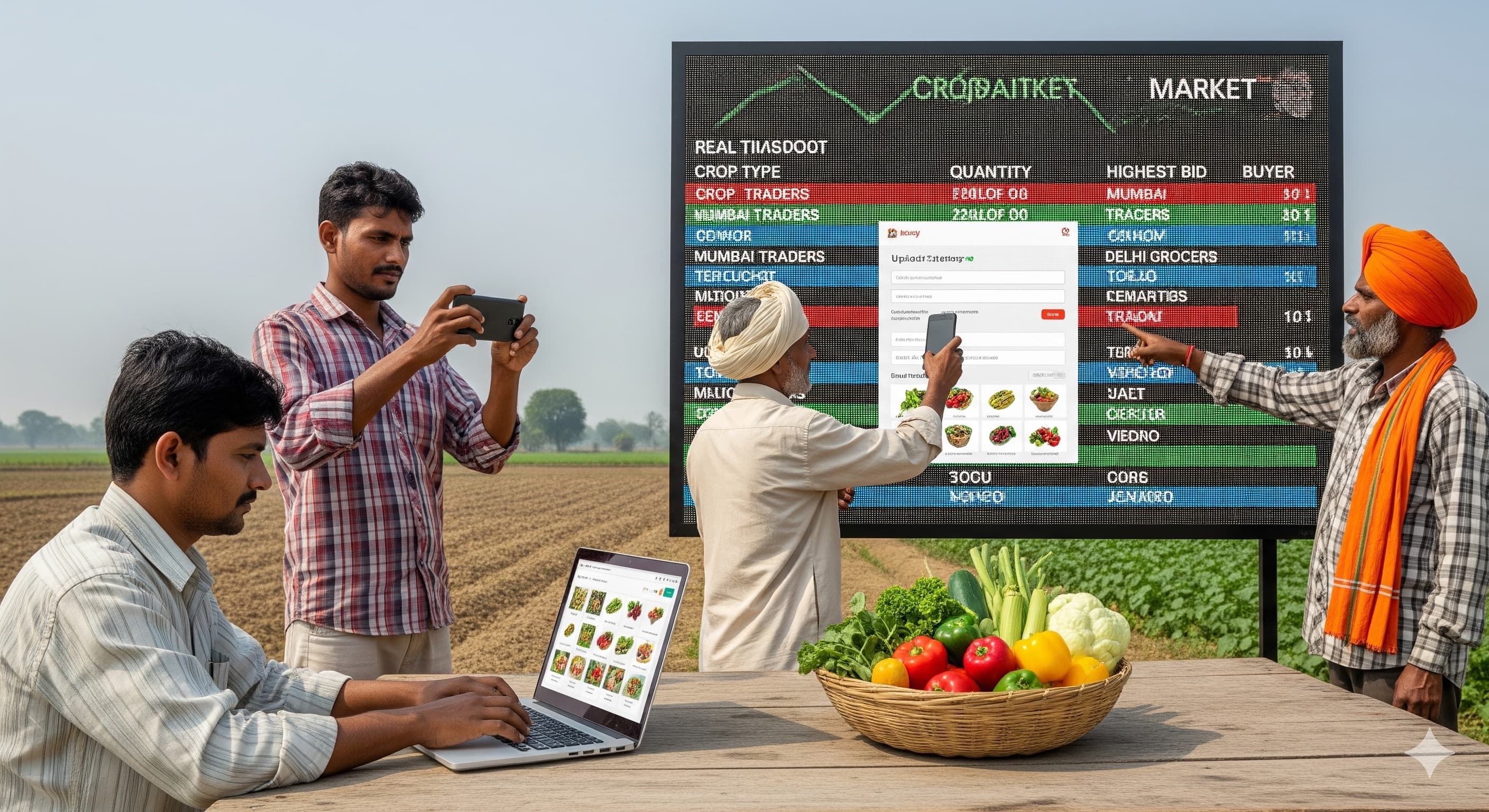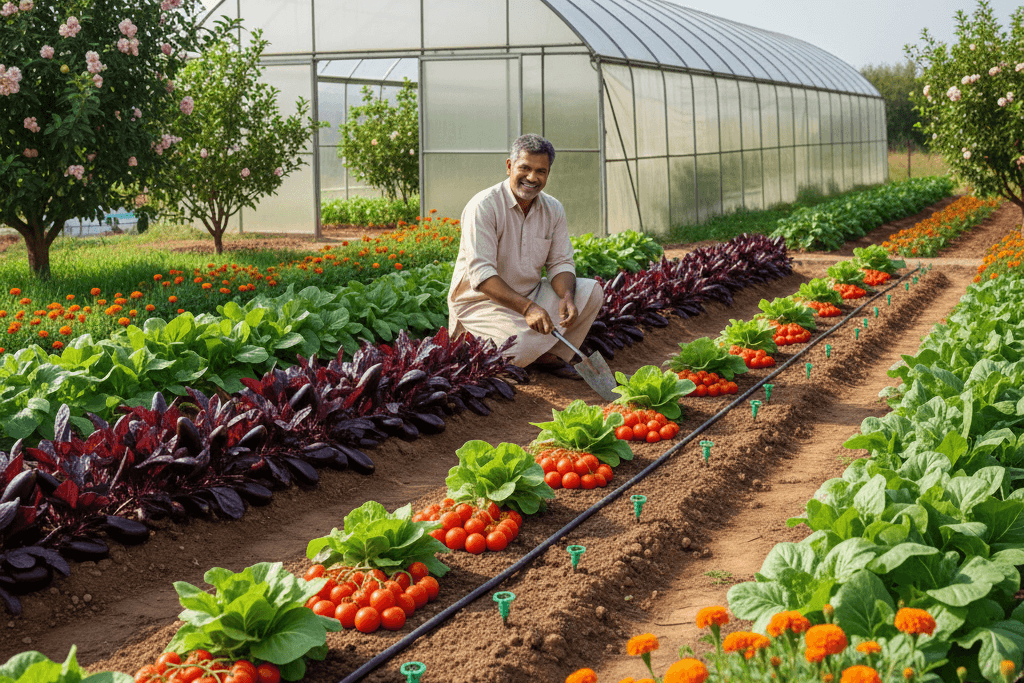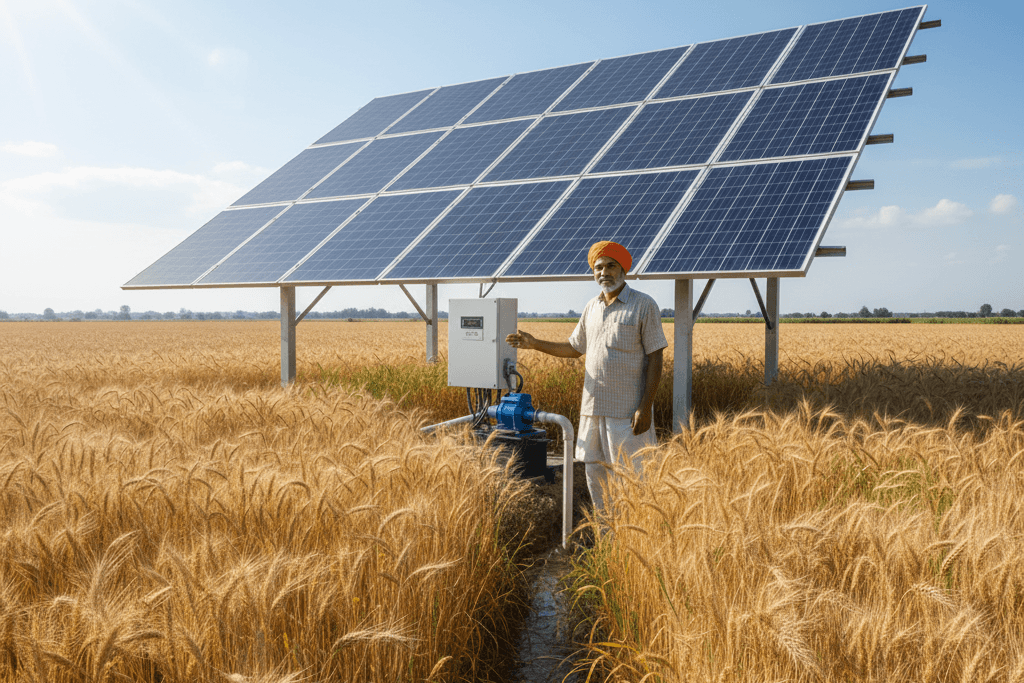
Agriculture Infrastructure Fund (AIF) – Complete Guide for Farmers
Key Features of Agriculture Infrastructure Fund
- Credit support up to ₹1 crore per farmer or FPO for eligible projects.
- Medium-term loans for projects with repayment up to seven years.
- Interest subvention of 3% per annum for timely repayment.
- Loan guarantee coverage under Credit Guarantee Fund Trust for AIF projects.
- Support for a wide range of agriculture-related infrastructure projects.
These features make AIF a transformative scheme for farmers and rural entrepreneurs, empowering them to adopt modern storage, processing, and marketing solutions.
How Farmers Can Apply and Use AIF
Farmers interested in applying for AIF can approach eligible banks, including public sector banks, regional rural banks, and cooperative banks. They must prepare a project plan detailing the infrastructure they want to set up, expected costs, and potential revenue. Individual farmers, groups, and FPOs can all apply.
Key steps include:
- Identify the infrastructure requirement, such as cold storage, warehouse, or value addition unit.
- Prepare documentation including land proof, identity, project plan, and quotations for materials and equipment.
- Submit the application to an eligible bank or nodal agency along with a detailed project report (DPR) if required.
- Once approved, disbursement occurs through the bank and interest subvention is applied automatically for timely repayment.
- After project completion, maintain records and invoices to ensure eligibility for continued benefits and future loans.
By following these steps, farmers can leverage AIF to improve infrastructure, reduce losses, and increase income.
Benefits for Farmers and Rural Economy
AIF empowers farmers to adopt modern post-harvest management practices and ensures better income through improved storage and processing. With access to cold chains, farmers can prevent spoilage and negotiate better prices for their produce. FPOs and farmer groups benefit from aggregated storage and collective marketing, which increases bargaining power and reduces dependency on intermediaries.
The scheme also encourages entrepreneurship in rural areas by allowing farmers to set up processing units, mini-packhouses, and aggregation points. By integrating AIF with other schemes like PM-KISAN, PMFBY, and MIDH, farmers can secure credit, insurance, and infrastructure support simultaneously for holistic growth.
Official Resources and Support
Farmers can visit the official Agriculture Infrastructure Fund portal to learn more about eligibility, application procedures, and project guidelines. District agriculture offices and state nodal agencies provide on-ground support for application submission and project monitoring.
Other Blogs

Farmers, Traders, and Buyers: The New Age Connection in Agriculture

Digital Mandis: How Technology is Transforming Indian Agriculture

Why Local Agricultural Platforms Matter for Rural Growth

Agriculture Trading Made Simple: Benefits of Connecting Directly

The Rise of Digital Platforms in the Indian Agri-Market

Building Trust in Agriculture: Why Transparency Matters

Connecting Farmers and Traders: A Win-Win for Everyone

How Online Mandis Are Reshaping Agricultural Trade

The Role of Technology in Strengthening Agriculture Supply Chains

Kisan Credit Card (KCC) & Modified Interest Subvention Scheme (MISS) – Guide for Farmers

Rashtriya Krishi Vikas Yojana (RKVY) – Complete Guide for Farmers

Mission for Integrated Development of Horticulture (MIDH) – Guide for Farmers

Agriculture Infrastructure Fund (AIF) – Complete Guide for Farmers

Pradhan Mantri Fasal Bima Yojana (PMFBY) – Complete Crop Insurance Guide

Complete Guide to PM Kisan Samman Nidhi Scheme for Indian Farmers

PM KUSUM Guide for Farmers